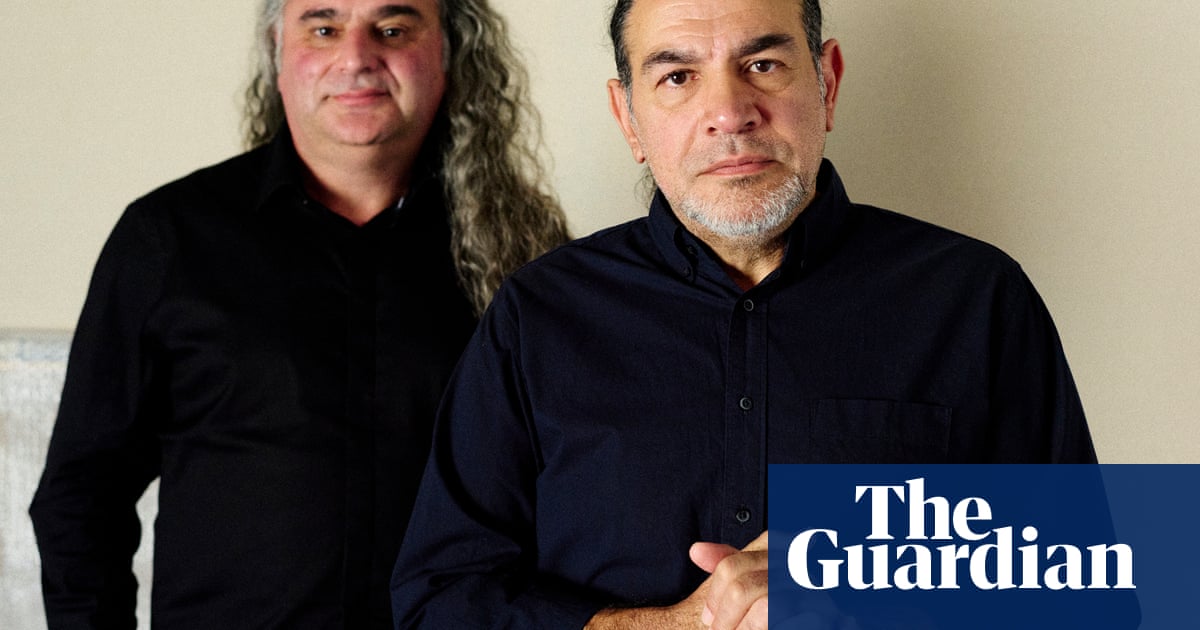Industry figures are concerned thatCreative Australiacould face increased pressure to make “safe” artistic choices after the Sabsabi review, with critics warning that a corporate-style risk framework could stifle creativity and marginalise divergent voices.
The fallout over Creative Australia’s decision to rescindKhaled Sabsabi’s commission as the 2026 Venice Biennale representativeand subsequent mea culpa has sent shock waves through the arts sector, with some now calling for structural reform and a renewed commitment to artistic independence.
The Blackhall & Pearl report, released on Wednesday, found there had been “a series of missteps, assumptions and missed opportunities that meant neither the leadership of Creative Australia, nor the board, were well placed to respond to, and manage in a considered way, any criticism or controversy that might emerge in relation to the selection decision”.
However, the report did not identify a failure of process, governance or decision on the part of the Creative Australia board.
The first of nine recommendations made in the report is that the federal government’s principal arts funding body “develop a clearly documented risk identification policy and procedure for theVenice Biennaleselection process” in the future.
While framed as a governance measure, some arts practitioners and academics expressed fears it could shift the organisation’s priorities.
“It’s not clear from the review whether they’re recommending [that Creative Australia] select the best artist and then assess risk, or assess risk first and then select the artist,” said one senior arts figure, who requested anonymity.
“And that distinction is critical. Get it wrong, and you’ll end up with a risk-averse, weakened cultural landscape.
“The concern in the sector now is that risk will come first. That means cutting artists before they’re even considered – just because they may have contentious work or political associations. That compromises the entire selection process. You end up avoiding the best work because you’re afraid of a media backlash.”
Sign up for Guardian Australia’s breaking news email
Another former arts adviser to the federal government said the report’s over-emphasis on risk management was “very worrying”.
“They seem to be asking for prejudgment of whether there could be controversy,” the source said.
The Lebanese Australian artist and his curator, Michael Dagostino, were announced as Australia’s representatives in February – a decision that was widely praised before the pair were decommissioned just six days later.
Sabsabi himself admitted to being shocked at being chosen, telling the Guardian in February: “I felt that, in this time and in this space, this wouldn’t happen because of who I am.”
Responding in Aprilto the furore over his back catalogue, Sabsabi said the artworks had been taken out of context by journalists and politicians.
Sabsabi said he does “not support or endorse any form of terrorism or racism or antisemitism or Islamophobia”.
Prof Jo Caust, a principal fellow at the University of Melbourne’s School of Culture and Communication, said the Blackhall & Pearl recommendation on risk management fundamentally misunderstood the nature of the arts and the people who work within the sector.
“If you put in a big risk assessment process like they’re suggesting, it could prevent many things from happening. The arts are all about taking risks. It’s contradictory.
“What we’ve all been dealing with for more than a decade now is the corporatisation of the arts. If you put corporate people in decision-making roles, you’ll get corporate decisions – and that’s not the same as cultural leadership.”
Caust pointed to the comments made in parliament by the Liberal senator Claire Chandler – who in question time accused Sabsabi of supporting a terrorist leader in his artwork – and the subsequent media campaign in The Australian that preceded the Creative Australia board rescinding the commission.
“If you’re bending over to please the extreme positions within the right, then you’re going to end up with a very difficult and narrow cultural space,” she said. “And yes, that could mean artists from Arab backgrounds or others seen as ‘risky’ simply don’t get a look in.
“It reflects fear. And what they should be doing is making fearless decisions,” she said. “That’s what cultural leadership is supposed to be.”
Dr Samuel Cairnduff, a lecturer in arts and cultural management at the University of Melbourne, warned that a “corporate-style” approach to risk management could undermine the very purpose of Creative Australia.
“Risk management is an important managerial function,” he said. “But if that means only making ‘safe choices’ in future, then I think we’ve really misunderstood the function of an organisation like Creative Australia.
“Sabsabi was never going to be a safe choice, but people were impressed they made it.”
Cairnduff cautioned against imposing a rigid, corporate-style framework on a body whose role is to champion cultural expression and public discourse.
“There’s an element of risk in any kind of creative practice, and that’s what we have to embrace,” he said.
“An overly managerial approach doesn’t properly account for the complexity of the cultural sector.”
Posting on Instagram, Max Delany, the former director of the Australian Centre for Contemporary Art, said that in stark contrast to the federal court’s recent ruling in favour of Antoinette Lattouf against the ABC, the Blackhall & Pearl report left unscrutinised several underlying l issues.
“Chief among these is the pernicious, vexatious, and corrosive influence of lobbyists, conservative media, and culture warriors on our public discourse and on the integrity of our cultural institutions – forces that remain largely unexamined in its findings,” he said.
The acting chair of Creative Australia, Wesley Enoch, and the chief executive, Adrian Collette, declined to comment.
